Even on its Australian swansong outing, the incredible R35 GT-R continues to perform beyond expectations.
Released in late 2021, the final batch of specials spearheaded by the T-spec in regular GT-R and SV in flagship Nismo guises sold out quickly and are already commanding twice and even thrice their recommended retail prices in private hands.
Nobody ought to be surprised. From its glitzy 2007 Tokyo Motor Show debut (on the eve of a global recession at that), the GT-R has been nothing less than an automotive force of nature, moving with calamitous calm to the beat of its own twin-turbo and all-wheel-drive thrum, like nothing else matters. The R35 has seen off countless assassins in its time, including the Lexus LFA and Honda NSX II.
Some 15 years later, this is what a GT-R in T-spec trim feels like in 2022.
Nissan GT-R 2022: T-Spec
| Engine Type | Twin Turbo V6, 3.8L |
|---|---|
| Fuel Type | Premium Unleaded Petrol |
| Fuel Efficiency | 12.0L/100km (combined) |
| Seating | 4 |
| Price From | $241,120 - $277,090 |
Is there anything interesting about its design?
10 / 10
At its 2007 unveiling, R35’s design chief, Shiro Nakamura, revealed to your author that the GT-R had to express modern Japanese culture, singling out the giant robots of the Gundam genre.
It also had to look “mechanical”, something highlighted by the squareness and creases. He also mentioned something about “…withstanding fashion trends throughout its lifetime while evolving with the times”, calling out Porsche’s 911 as inspiration. Clearly the circular tail-lights connect with the Skyline originals of the 1960s.
Some 15 years later, mission accomplished.
Six years in the making and with the design locked in during 2004, the GT-R was nevertheless a global project, overseen by Mr Nakamura but with input from Nissan’s US (mainly the rear quarter view) and UK outposts (roofline). The latter remain as striking as ever.
Despite its blocky visage, the R35 boasts an impressive drag coefficient of 0.26 Cd, aided by particular airflow elements and helping it achieve a 320km/h top speed. While the GT-R’s body consists of steel, aluminium and carbon-fibre to contain kerb weight to a very reasonable 1751kg, the latter also partly makes up the platform, further assisting aero.
Hands down, this is the coolest supercar in the world.
How practical is the space inside?
8 / 10
“We could have made the cabin much tighter, like a sports car, but we didn’t, because even though it is one of the fastest cars in the world, at the same time we wanted to make enough space to drive every day.”
Those are Mr Nakamura’s words from 2007 again, highlighting how user-friendly the GT-R’s cabin was designed to be.
Ample, sedan-like space is available up front, so people can get in and not feel cramped or hemmed in at all. This is in keeping with the old three-box Skyline philosophy. Australians can see it in the 1973 Datsun 240K, a distant cousin of the GT-R.
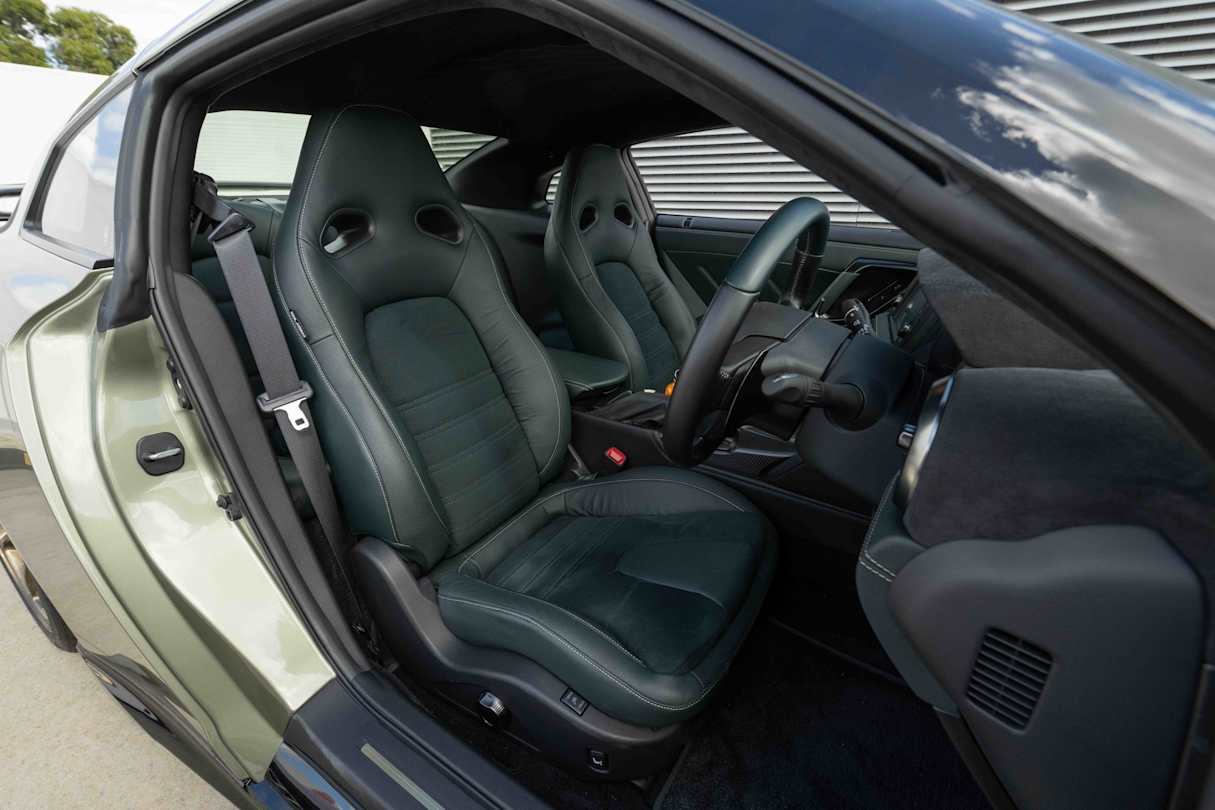
Back to 2022, with its fascia angled slightly to the right and the binnacle moving vertically with the steering column, the Nissan's whole focus is on driver welfare, and so making it a better sports car in the process. Storage is excellent, as is ventilation, while vision out is enhanced by the upright windscreen pillars and acutely rectangular side window shapes that offer their own brutalist ambience.
Just a few years ago, the equally squarish dash would have seemed laughably dated – and some of the details still are – but the physical switchgear feels fresh again after an endless wave of newer models with touchscreens and sub-menus that require fiddly prodding, when a button does the job better. That they’re weighty and mechanical in their operation adds to the GT-R’s mystique.
Being a T-spec, swathes of suede-like material also bring real class to the interior, along with the green-on-green colour scheme, chunky gear lever, thick-rimmed three-spoke wheel, hefty paddle shifters and exacting build quality. Actual 3D dials are lovely to behold as well.
Racy, tombstone-style electrically-actuated front seats, too, rise to the occasion, enveloping their occupants with an inviting sumptuousness that brings both comfort and support for hours on end. They also feature a clever curled knob that deftly takes care of reclining and fore-aft duties in one. Does any other car offer such an item?
Several seasons ago, Nissan overhauled the centre console, cleaning up the intimidatingly complicated switches and simplifying the various, customisable digital readouts that provide deeply intricate accounts of engine, driving, performance and vehicle operation data via arcade-game-like analogue-look dials. It’s really over-the-top techy and yet also mid-2000s cool, and that should thrill the curious teenager in us all. The fact that Polyphony Digital of Gran Turismo video-game fame helped develop all this just makes the R35 all the more cooler.
However, the Nissan parts-bin digital graphics, especially in the multimedia system, betray the GT-R's advancing years, as they’re so obviously steeped firmly in another era. They convey info efficiently, but they’re out of place in such as an exciting, hedonistic machine.
Plus, in keeping with a car that was released the same year the original Apple iPhone was, there’s no adaptive cruise control, digital radio and wireless smartphone charger, let alone Apple CarPlay/Android Auto of any description. But you’ll find Bluetooth connectivity as well as active noise cancellation tech at work in there, along with an 11-speaker audio system of outstanding sound quality, a USB port and... even a plug for your iPod.
Moving out to the rear, there are two seats bisected by a centre console that runs the length of the cabin, providing a natural armrest as well as a drink holder and home for a pair of Bose speakers.
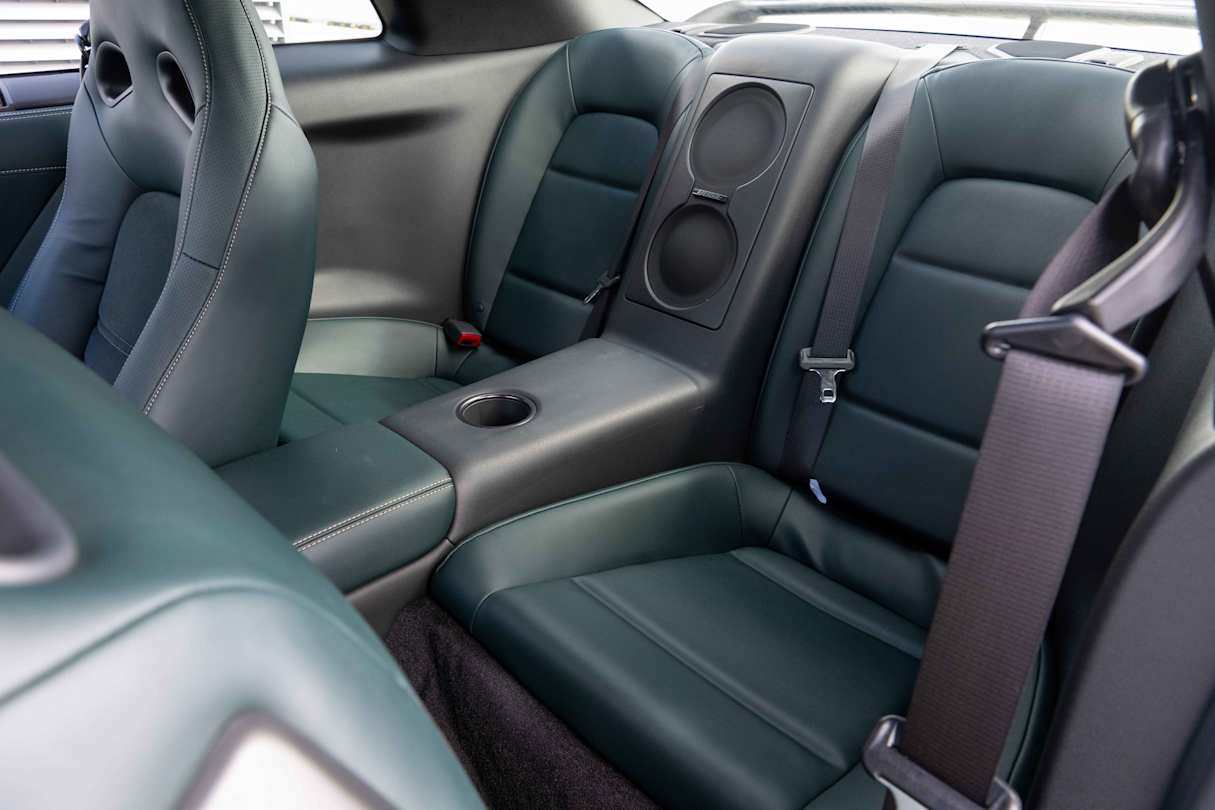
The cushions are comfy enough, as are the well-angled backrests, and an average-sized person like your 178cm tester can rest back there for short periods in relative civility as long as they don’t sit too upright to avoid scalps touching the rear window.
Finally, further back, there’s a pleasingly long, deep and wide boot area, offering 315 litres of richly carpeted cargo capacity. A high loading lip and odd shape limit the amount of luggage you can put inside, however, while there’s no in-cabin access like a ski-port or folding backrests. It’s a separate compartment.
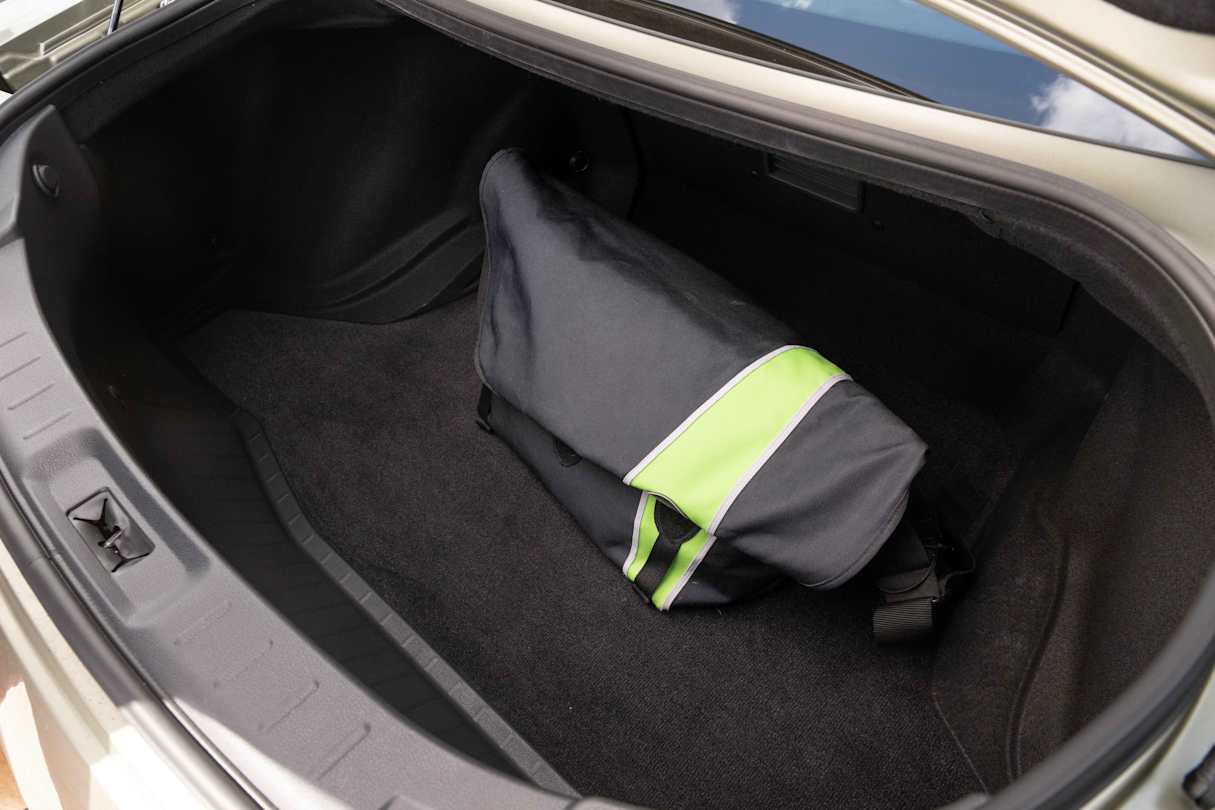
But, like the rest of the Nissan’s cabin, the GT-R remains appealingly practical for a supercar. As Mr Nakamura said, “…you can use it for daily life, anywhere and anytime.”
Does it represent good value for the price? What features does it come with?
8 / 10
To bring you up to date, the current GT-R has had to be discontinued in Australia because it fails to meet a recent Australian Design Rules stipulation that requires older-model new vehicles to be side-impact crash tested.
Don’t fret though, because a redesigned version of the current model is expected sometime in 2024, meaning that the next-generation model – probably dubbed R36 – will continue with an albeit revised version of the brilliant 3.8-litre twin-turbo V6.
More of the same, then. And we’re not complaining.
For Japan’s only mass-production supercar, conventional value-for-money parameters never applied to the R35 GT-R. From $193,800 (all prices are before on-road costs), the 419kW/632Nm, 2.7 seconds to 100km/h and 320km/h entry-level Premium significantly undercuts and outruns esteemed competition like the Porsche 911 Carrera (from $241,200) and Mercedes-AMG GT (from $294,077).
Likewise, if you were canny enough to nab one of the 28 examples of the T-spec imported to Australia (out of only 100 globally) from $256,700, then congratulations; you might double your money selling it right now. Rivals with similar performance include the Aston Martin Vantage from $299,462, BMW M850i xDrive from $285,900, Jaguar F-Type 5.0L V8 R P575 AWD from $270,265 and Porsche 911 Turbo from $404,900.
The T-spec fills the gap between the $199,800 Premium Luxury and 441kW/652Nm Nismo from $378,000; the latter ushers in substantial body, chassis, engine, suspension and braking modifications gleaned from GT3 racing experience, that helps shave 0.2s while boosting V-max by 10km/h. Along with the 911 Turbo, this puts the Nissan in league with the Lamborghini Huracan, BMW M8, Aston Martin DB11, Mercedes-AMG GT R, Ferrari Portofino, Maserati MC20 and McLaren 570S. And that’s before considering the even-lighter SV flagship.
Value, then, is relative.
Soaring resale potential aside, whether the T-spec brings nearly $70,000 worth of enhancement to the GT-R experience is debatable. And nowadays, academic.
As in all grades, you’ll find active torque transfer AWD, adaptive dampers, composite ceramic brakes, selectable driving modes, limited slip differential, gearshift paddles, dual-zone climate control, cruise control, an 8.0-inch multimedia touchscreen with satellite navigation, 11-speaker Bose sound system, keyless entry/push-button start, auto LED headlights, rain-sensing wipers, heated/electric mirrors, Brembo brakes, 20-inch Rays wheels wrapped in Dunlop SP Sport Maxx tyres, a carbon-fibre engine brace, titanium exhaust system, heated and powered front seats and semi-aniline leather applied to the upholstery, steering wheel, gear shifter, dashboard and door trims.
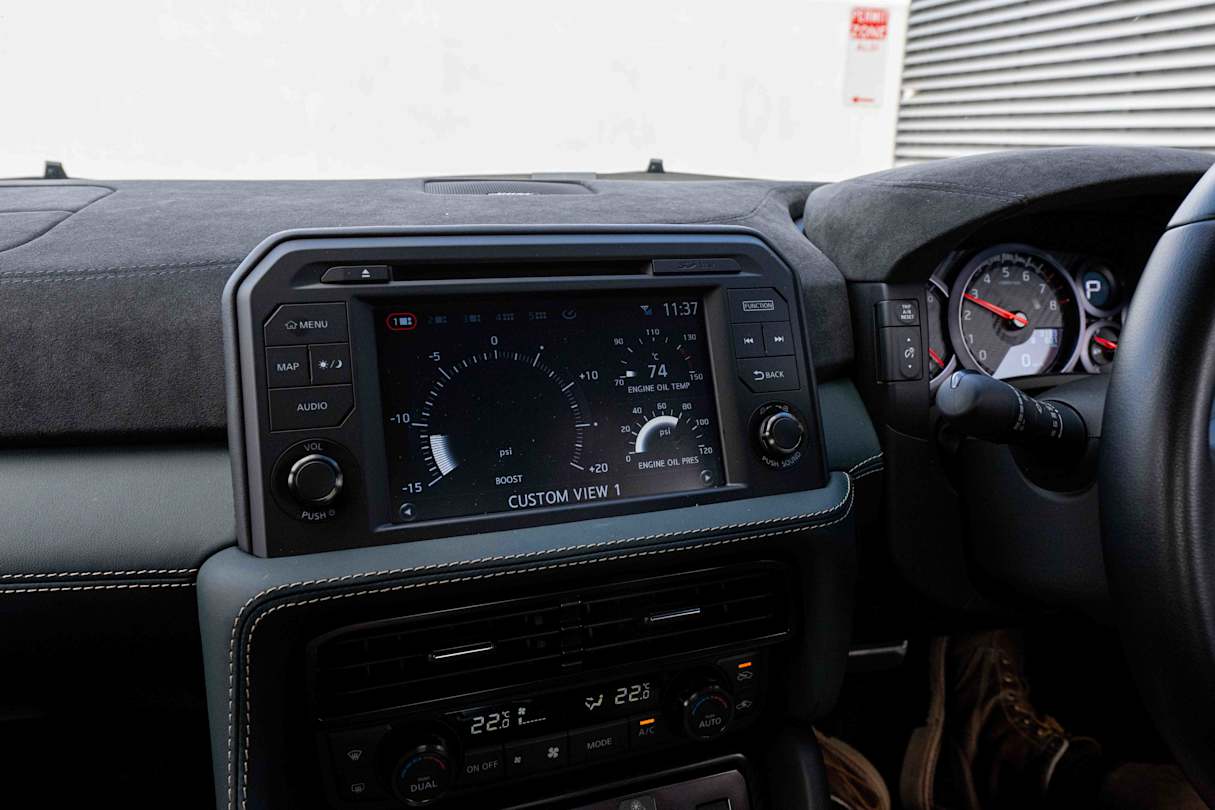
The T-Spec meanwhile, scores Brembo carbon ceramic rotors measuring in at 410mm (up 20mm) and 390mm (up 10mm) front and rear respectively, gold-painted 20-inch alloys and a carbon-fibre spoiler, while a dark green hue, quilt-stitched Alcantara roof lining, suede A-pillar trim and special kick plate finishers complete the interior changes. It also brings back two historic colours from the early-2000s R34 – Midnight Purple and Millennium Jade.

Also redolent of the first decade of the millennium are a distinct lack of modern active and driver-assist safety systems, so you won’t autonomous emergency braking (AEB), lane support systems, blind-spot monitoring or adaptive cruise control. Instead, your lot is limited to six airbags, anti-lock brakes with electronic brake-force distribution and brake assist, stability and traction controls, active cornering headlights, a hill holder, front and rear parking sensors, a reverse camera, tyre-pressure monitors and 20-inch runflat tyres. The latter means no spare wheel is fitted.
Progress does not wait for anybody or anything – even a Japanese supercar from 2007.
What are the key stats for the engine and transmission?
10 / 10
Does it get better than this?
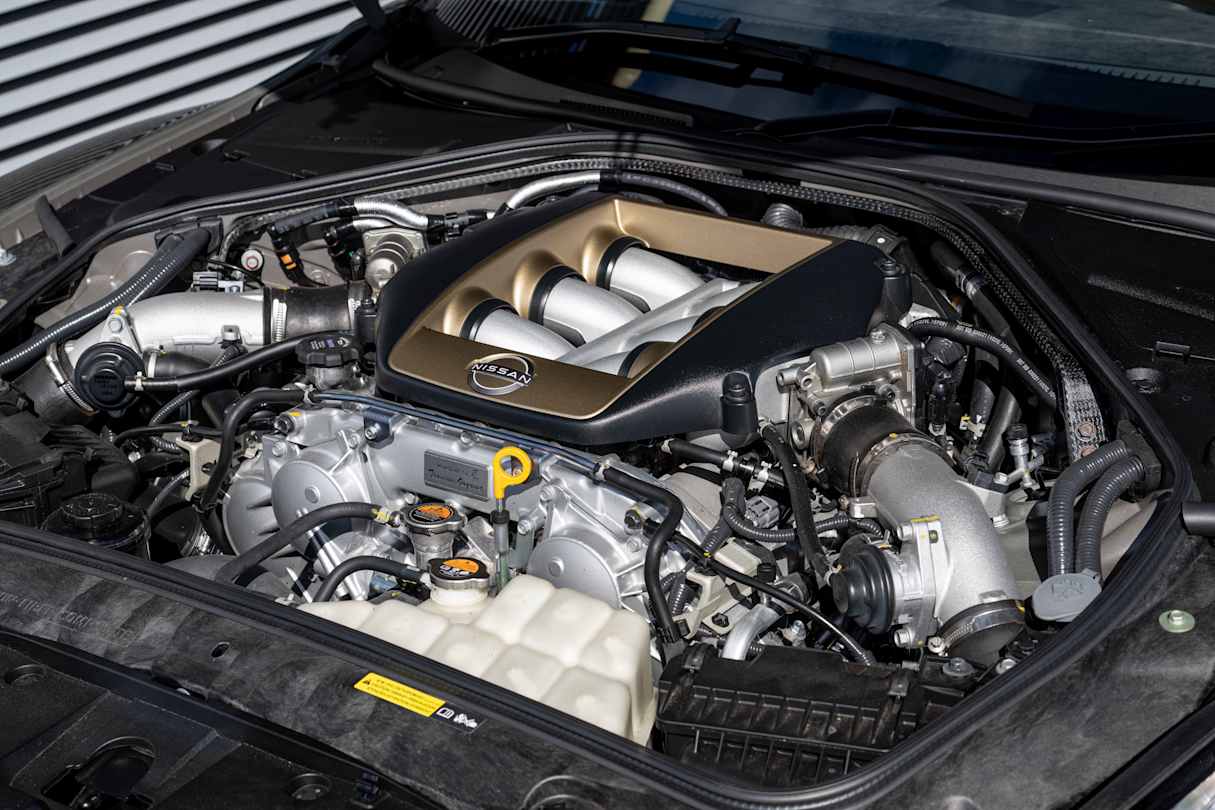
The GT-R’s VR38DETT is already steeped deeply in motoring folklore. it really is one for the ages.
But just in case, here are the salient facts. It's a handmade 3799cc 3.8-litre 90-degree V6, with intercooled twin turbochargers, double overhead cams and variable valve timing, pumping out an incredible 419kW of power at 6800rpm and 632Nm of torque from 3300-5800rpm.
Tipping the scales at an entirely admirable 1751kg (kerb), the GT-R boasts a power-to-weight ratio of 239kW per tonne, helping it scream to 100km/h in 2.7s, on the way to a top speed of 320km/h. There’s a launch control system to help the latter out.
Drive is delivered to all four wheels via a six-speed dual-clutch transmission with a trio of modes depending on the level of performance desired, courtesy of Nissan’s traction and yaw-based ATTESSA AWD system. This features an electro-magnetic clutch and 1.5-way mechanical LSD to shuffle between 50 and 100 percent of torque rearwards. Suspension is double wishbones up front and a multi-link out the back.
Weight distribution to 53/47 front-to-rear.
How much fuel does it consume?
7 / 10
Given the Euro 5 emissions-rated GT-R’s prodigious performance, a 15.3 litres per 100km result in a mix of urban, freeway and performance driving is actually not too bad. Again, it's all relative.
Nissan’s claims are 12.0L/100km (and 17.2L/100km and 9.0L/100km for the urban and extra-urban runs respectively), for a carbon dioxide emissions average of 281 grams/km.
A sizeable 74 litres of 98 RON premium unleaded petrol is what the recommended tipple is, allowing over 615km between refills.
What's it like to drive?
10 / 10
Nothing you've driven before is like the experience of familiarising yourself with a GT-R, going from initial intimidation to trust and cooperation. This is a supercar for all moods and seasons.

Above all, though, and even without the launch control activated that helps it get to 100km/h from zero in 2.7 seconds (making it still one of the fastest production cars in the world), the Nissan is ferociously fast.
That’s no shock at all, but what is further imprints on you the GT-R’s outstandingly broad capabilities, since it can pussyfoot about in Comfort mode like any reasonably well-sorted grand-touring sports sedan, like a tame lion. In such circumstances, the car's mechanical congeniality is testimony to the sheer scale of engineering talent going on behind the scenes.
Choose Sport or Race modes, and the forces that the 3.8-litre twin-turbo V6 unleash are nothing short of seismic, swelling up and subsuming you in a tidal wave of relentless thrust that just doesn’t let up. With the exhaust wailing and the scenery blurring by, it is starkly clear that the GT-R is a supercar of tremendous speed.
Over the years, Nissan has improved the dual-clutch transmissions operation, reducing the driveline's abrupt clunkiness that marred earlier versions, for a smoother and yet still bolt-action rifle-rapid shifter that serves to facilitate all that walloping performance. In the sportier modes, with the configurable dampers, torque split and traction settings unshackled, a ham-fisted driver can still illicit a thump from the gearbox as it clumsily engages the ratios required, but overall, it’s a far-more seamless mover and shaker than before.
As you’d expect, the steering walks a fine line between agility and heft, responding calmly yet quickly, for direct and decisive handling. The GT-R feels hunkered down at all times, and it seems to dig in even more as you turn up the wick, unfazed by turns or the state of the road below.
What’s impressive is just how deceptively fast this is, since the car glides along so effortlessly. Yes, there is the engine's alluring aural soundtrack to remind you of the vast speed you potentially might be doing, but the chassis’ incredible control numbs your sense of speed.
While the suspension is set up for firmness, the adaptive dampers help calm the ride, bringing a sophisticated suppleness over most urban terrain. There isn’t much ground clearance at 107mm, but the double wishbones and multi-link arrangement does a terrific job filtering out the bad stuff. Furthermore, backed up by fiercely instantaneous brakes, the Nissan never feels nervous nor unsettled.
Sure, it’s far from quiet, with a decent amount of road noise droning through over some types of country roads, but it’s rarely challenging or distracting. The large turning circle is one of the few faults, in an otherwise satisfying driving and dynamic experience.
It's important to note that, though the styling has hardly changed over the years, the GT-R has evolved and developed for the better over time. For a supercar, its range stretches from benign to ballistic and from mellow to unmerciful, with towering confidence and control.
There are 28 very lucky drivers in Australia right now, wondering whether the replacement will also display Miss Congeniality and Conan the Barbarian with such charming authority. Drive a GT-R to realise how close to greatness it remains to this day.
Warranty & Safety Rating
What safety equipment is fitted? What safety rating?
5 / 10
There is no Euro NCAP or ANCAP crash-test rating for the Nissan GT-R.
Standard safety features include six airbags (a driver’s knee airbag, dual frontal, side chest and head-protecting airbags for the first and second row), rear view camera, parking sensors, anti-lock brakes with electronic brake-force distribution and brake assist, stability control, traction control, tyre-pressure monitors, LED headlights with active cornering and light sensitivity and rain-sensing wipers.
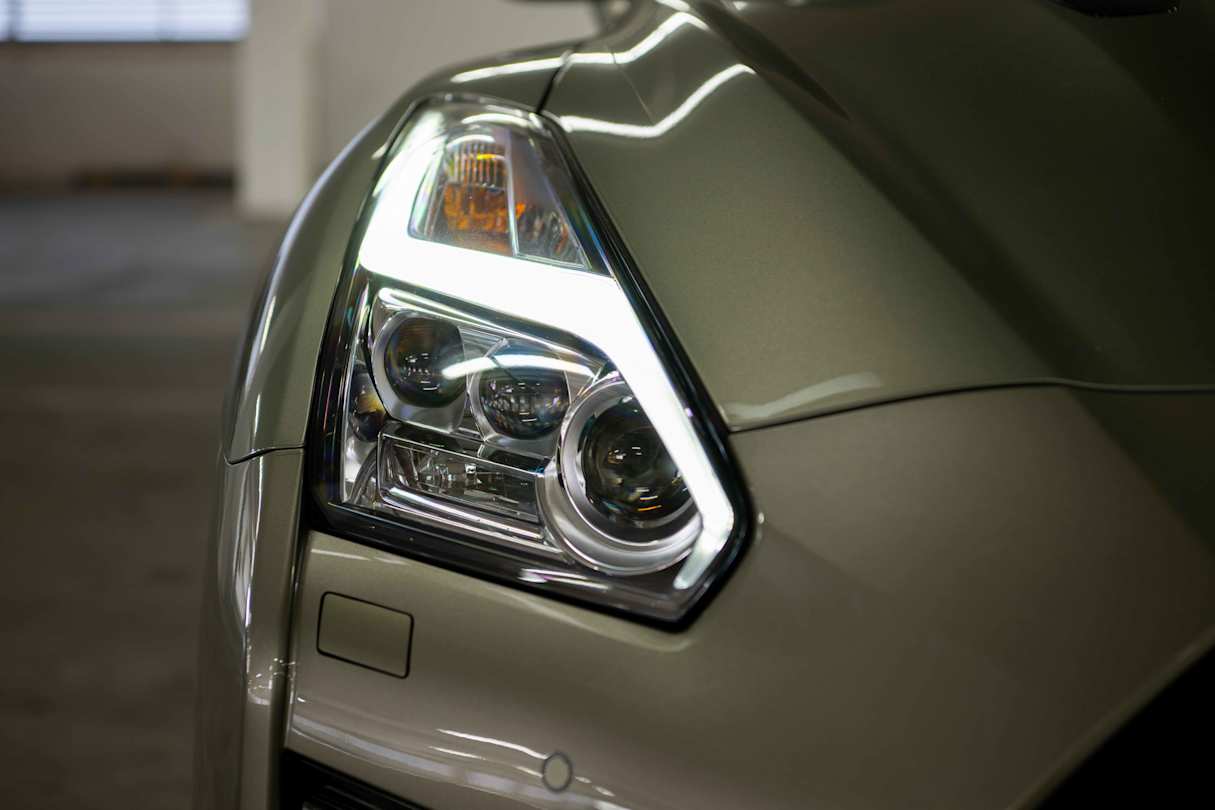
Given the GT-R’s age, you shouldn't expect nor find AEB, forward collision warning, front- or rear cross traffic alert, lane departure warning, lane keep assist, blind spot monitor or any other modern driver-assist tech. This Nissan is from when Silverchair's Straight Lines topped the charts.
There are, however, two ISOFIX points as well as two top tethers for straps in the rear seat area.
What does it cost to own? What warranty is offered?
7 / 10
The warranty period is for five-years/100,000 kilometres, with service intervals fixed at every six months or 10,000km – whichever occurs first. There is also five years of roadside assistance.
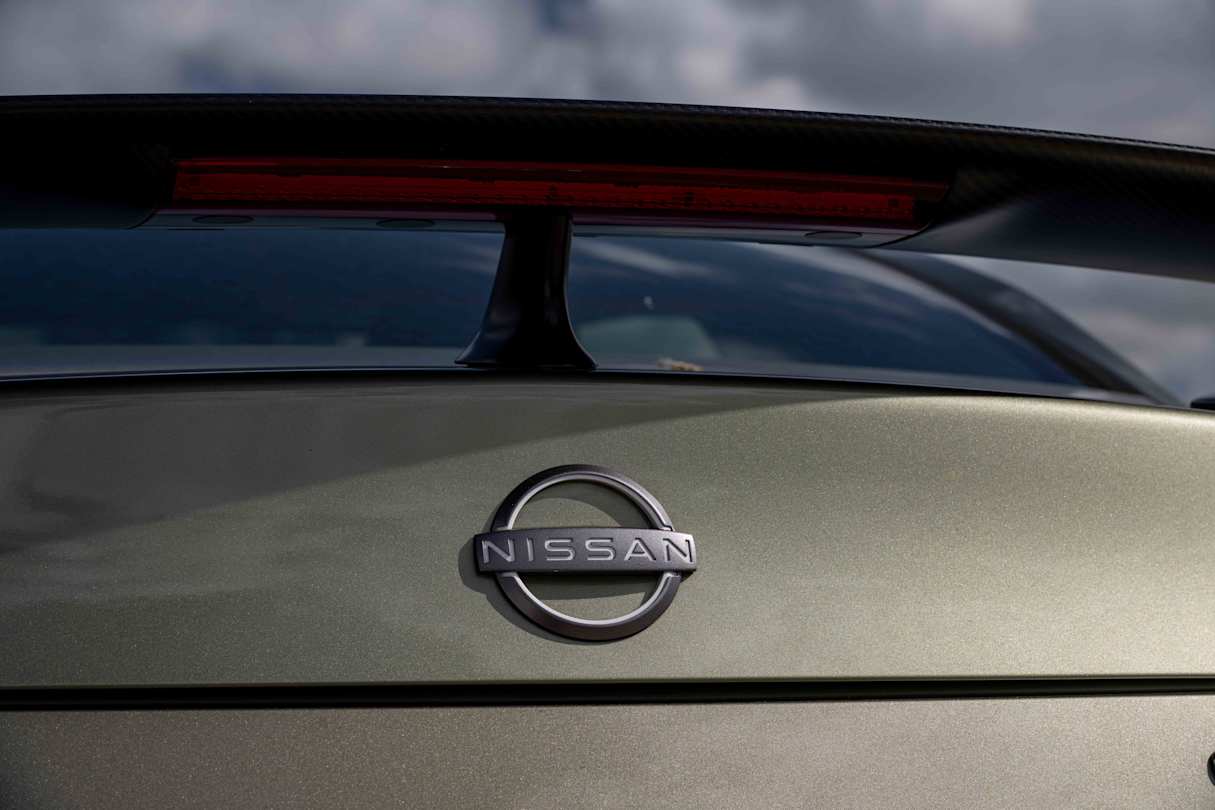
Unlike all other Nissans officially imported in Australia, there is no capped-price servicing for GT-R. And it requires specially trained service technicians so contact Nissan to find out which dealers can carry out the task.
Verdict
The GT-R of the famous R32 era was a direct response to immortals like the Audi Ur Quattro and Porsche 959 that preceded it in the 1980s.
But the Nissan’s true gift since then is that it has evolved over successive generations, to serve as a glimpse of what these long-discontinued European supercars might be like if they, too, were allowed ongoing development, rather than dropped.
As such, the last R35 GT-R as we know it in Australia is far from disadvantaged, even 15 years on from launch, because it was devised and developed outside of the usual constraints and compromises of mere mass production sports cars.
In 2022, then, the Nissan GT-R remains timeless and transcendental. It’s still an incredibly moving and thrilling driving experience… if you can get hold of one.





























.jpg)
.jpg)

































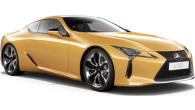

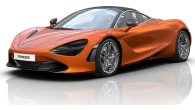















.jpg)
.jpg)



